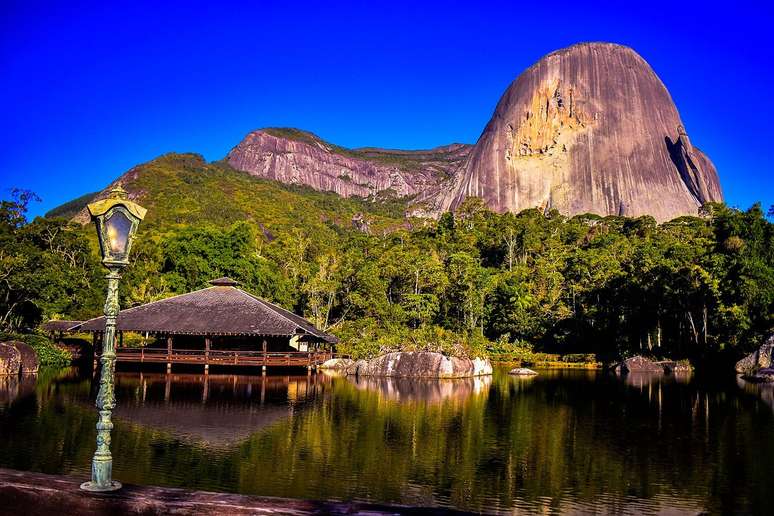90 km from the city of Malargüe and 570 km from Mendoza […]
Far beyond visits to the cellars and rooftops of the Americas, the province of Mendoza has an Argentina that not everyone knows about.
90 km from the city of Malargüe and 570 km from Mendoza, the La Payunia Nature Reserve is the volcanic version of those lands known for the production of wine and for hosting Aconcagua, a 6,961 meter high mountain, considered the highest point in the continent.
The reserve is one of the highest-density volcanic fields on Earth, home to more than 800 volcanoes, and will soon claim the title of UNESCO World Natural Heritage Site. At the end of November, the Malargüe provincial government held a meeting to discuss issues such as the advancement of the management plan that will propose the destination’s inscription on the World Heritage List.
With approximately 10.6 volcanoes per 100 km, La Payunia stands out for its Payún Matrúa volcano at 3,750 meters above sea level and a caldera with a diameter of 9 km, formed about 168 thousand years ago.
That scenario of black, gold and copper tones is also known Black Pampasa vast area covered by a mantle of dark-colored volcanic material (scientifically called lapilis).
The reserve is home to other volcanoes such as Payún Liso (3,780 m), known for the crater with an ice cap in winter and a lagoon in spring.
Surroundings
Not far from there, 25 km from the city of Malargüe, are the Castles of Pincheiraanother natural reserve that hosts geological formations declared Natural Monuments, shaped by the action of the winds.
The volcano is located 35 km from the city Malacaraone of the few that can be visited from the inside, as its eruption occurred through a process of lava contact with water, followed by erosion and wear which gave rise to passages, sinkholes and chimneys up to 30 meters high.
Further away, 70 km, the Bruja Cave It is an area for observing stalactites, stalagmites, columns and corals petrified in the rock.

Payunia Nature Reserve
When to go
During the winter months, snow can prevent access to the region. Therefore, try to travel between October and May.
How to get there
Without any type of service inside and in a place that is difficult to access, the reserve can only be visited with a guide.
* with information from the Argentine Ministry of Tourism and Sports
Source: Terra
Ben Stock is a lifestyle journalist and author at Gossipify. He writes about topics such as health, wellness, travel, food and home decor. He provides practical advice and inspiration to improve well-being, keeps readers up to date with latest lifestyle news and trends, known for his engaging writing style, in-depth analysis and unique perspectives.









